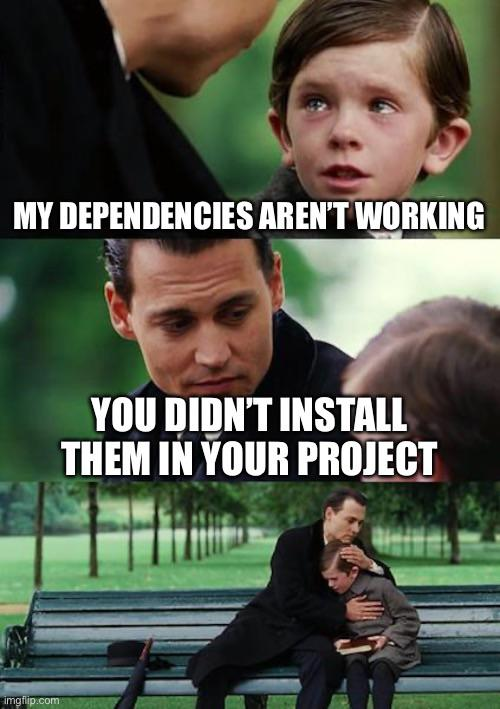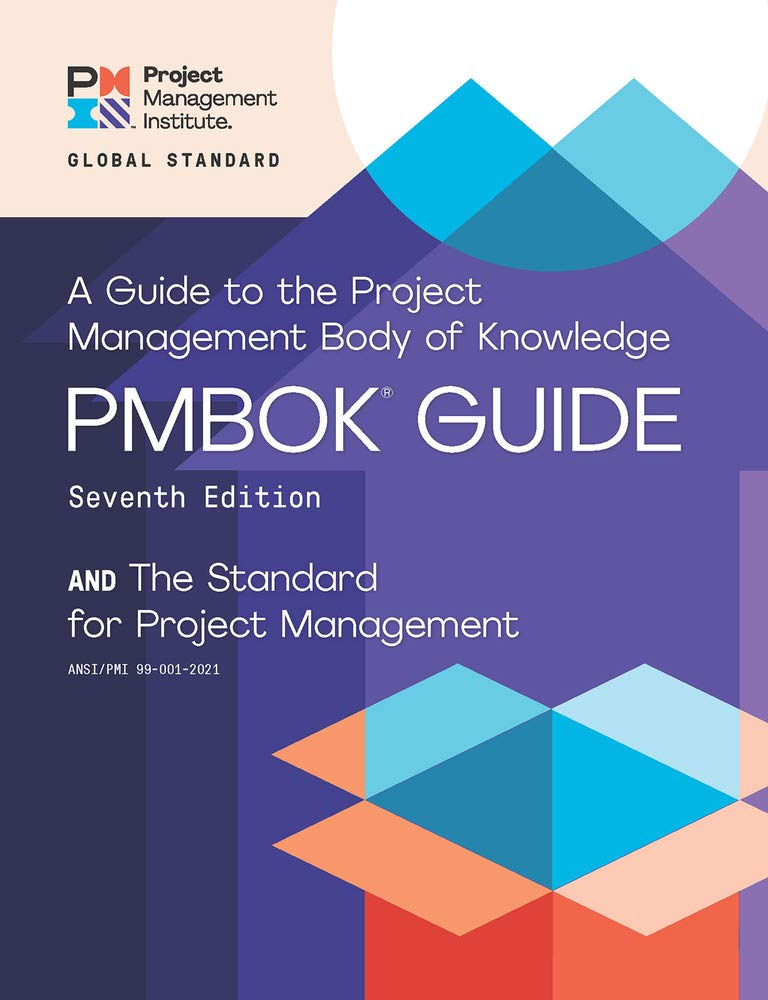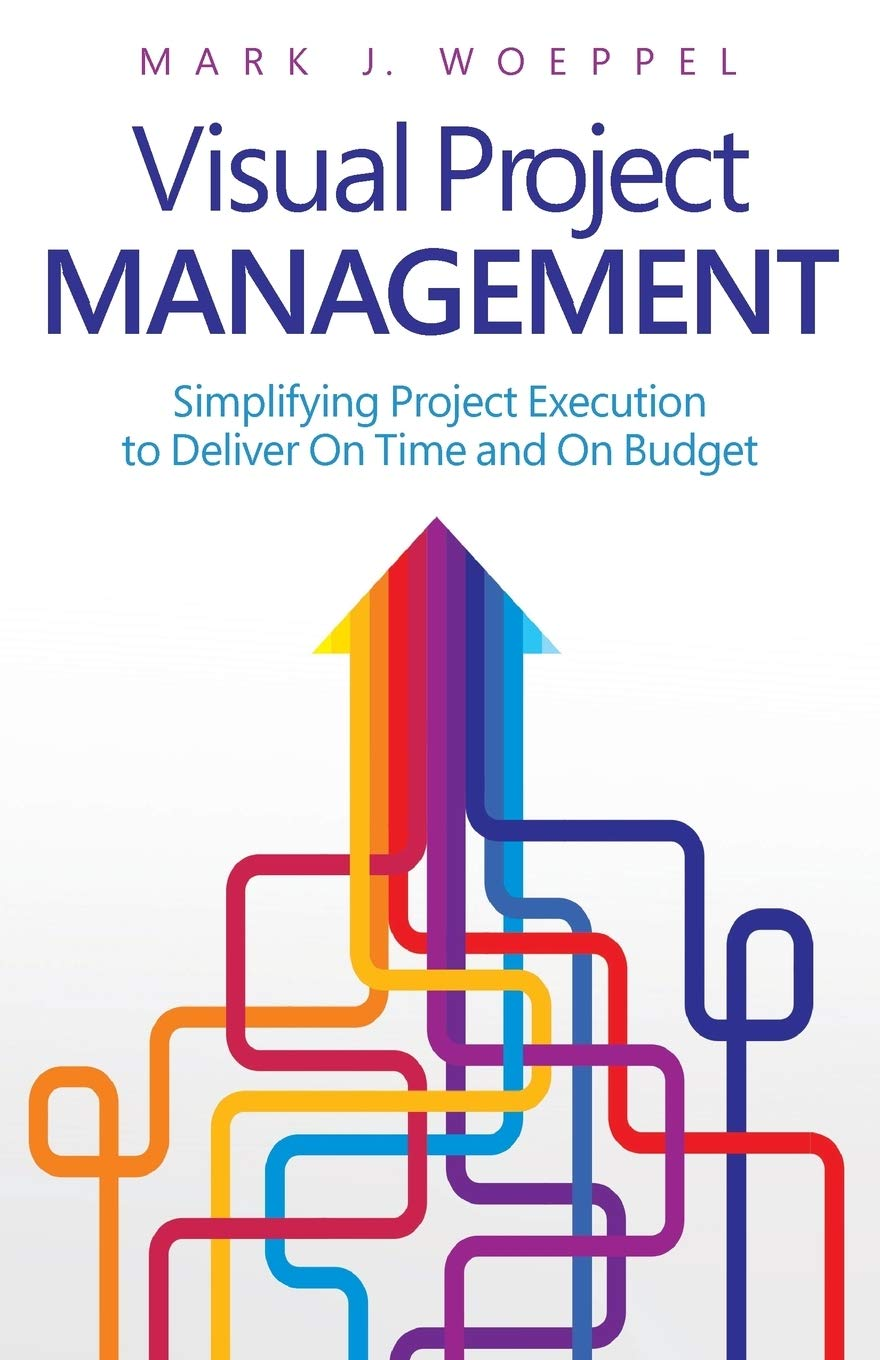The waterfall project management methodology follows a structured, sequential approach that’s ideal for projects with clear requirements. Learn the phases, benefits, and potential challenges of using Waterfall, and discover if it’s the best fit for your team. Key takeaw
Understanding task dependencies in project management
If you want your project to run smoothly, understanding how tasks connect is absolutely essential. It's one of the key ingredients for success. Miss these links, and things can quickly go off track — leading to delays, confusion, and miscommunication. In many ways, task dependencies are the foundation of solid planning and smooth execution.
Key takeaways
Smart dependency mapping can cut project delays by up to 42%
Teams that follow structured task sequences finish projects 35% faster
Effective dependency management tools improve resource use by 28%

What are task dependencies, really?
Think of task dependencies like a relay race. Each task hands off to the next, keeping the momentum alive. But when someone slows down or drops the baton, the whole process feels it. Dependencies are what keep things moving and stop the workflow from stalling out.
They define how and when tasks happen so the next step can begin — creating a steady flow that helps the entire project move forward.
Sure, it sounds simple — one task follows another. But as projects grow, these links multiply fast. Without clear visibility, things start to pile up. Mapping dependencies gives your team a clearer path, helps you avoid surprises, and keeps everyone focused on what matters most.
And here’s the proof: Microsoft found that teams actively managing dependencies are 60% more likely to meet their deadlines. How? By staying on top of how tasks connect, reviewing progress regularly, and adjusting plans before small hiccups become big problems.
Types of task dependencies
Imagine task dependencies as a carefully choreographed dance. Every move builds on the one before it. When you understand how the steps connect, everything flows. Without that, the whole routine falls apart.
In project work, it’s exactly the same. Take software development, for example — testing can’t happen until the code is finished. Every project is full of these critical steps that build on one another, and getting them right is what keeps things from spiraling into chaos.
Here are the two most common types of dependencies you’ll find:
- Finish to Start (FS). The most popular type (about 75% of all dependencies). One task can't start until another finishes.
Example: Testing can't begin until development is complete.
- Start to Start (SS). Tasks that kick off at the same time, often to speed things up.
Example: Development and documentation can run side by side.
How to manage dependencies like a pro
Managing dependencies isn’t just about setting them up once and forgetting about them. The best teams know it takes a balance of strategy, communication, and smart tools to keep things running smoothly.
Here’s what helps:
- See the big picture. Use tools that make dependencies easy to visualize at a glance.
- Spot trouble early. Stay ahead of bottlenecks and leave yourself enough breathing room to fix issues before they get serious.
- Keep communication flowing. Regular check-ins clear up misunderstandings and keep everyone aligned.
- Stay flexible. Be ready to shuffle resources and tweak timelines when plans change.
At Microsoft, teams keep things on track with regular “dependency check-ins,” where they review what’s working, what’s not, and what needs to shift to stay on schedule. It’s all about catching problems while they’re small — before they snowball into something bigger.
Advanced tools and insights
As projects grow, managing dependencies gets trickier. That's why top-performing teams rely on advanced tools like:
- Interactive dependency maps
- Real-time impact analysis
- Smart resource adjustment suggestions
- Predictive analytics to flag future issues
- Cross-project dependency views
If you want full control over your workflow, these kinds of tools are game-changers.
Interesting fact

According to research from PMI, projects that manage dependencies well are 67% more likely to finish on time and on budget. It all comes down to staying aware of how tasks connect — and keeping an eye on the big picture.
Related articles:
If you want to learn more about project planning, explore our guide on Project Roadmaps – a strategic approach to planning and delivering successful projects.
Looking to make your work easier? Dive into our article on Workflow Templates and discover how to optimize processes for maximum efficiency.
Curious about flexible methodologies? Check out the Top Benefits of Agile and see why Agile helps teams thrive in project management.
Conclusion
If you want your project to run smoothly from start to finish, managing task dependencies is key. With the right mix of tools, processes, and habits, your team can move confidently through even the most complex workflows — and hit every deadline along the way.
Recommended reading


"Critical Path Method"
Core strategies for managing dependencies and optimizing project schedules.
On Amazon
"PMBOK Gude"
The gold standard of project management fundamentals, with detailed insights into task dependencies.
On Amazon
"Visual Project Management"
Innovative approaches to visualizing and managing project dependencies.
On Amazon






